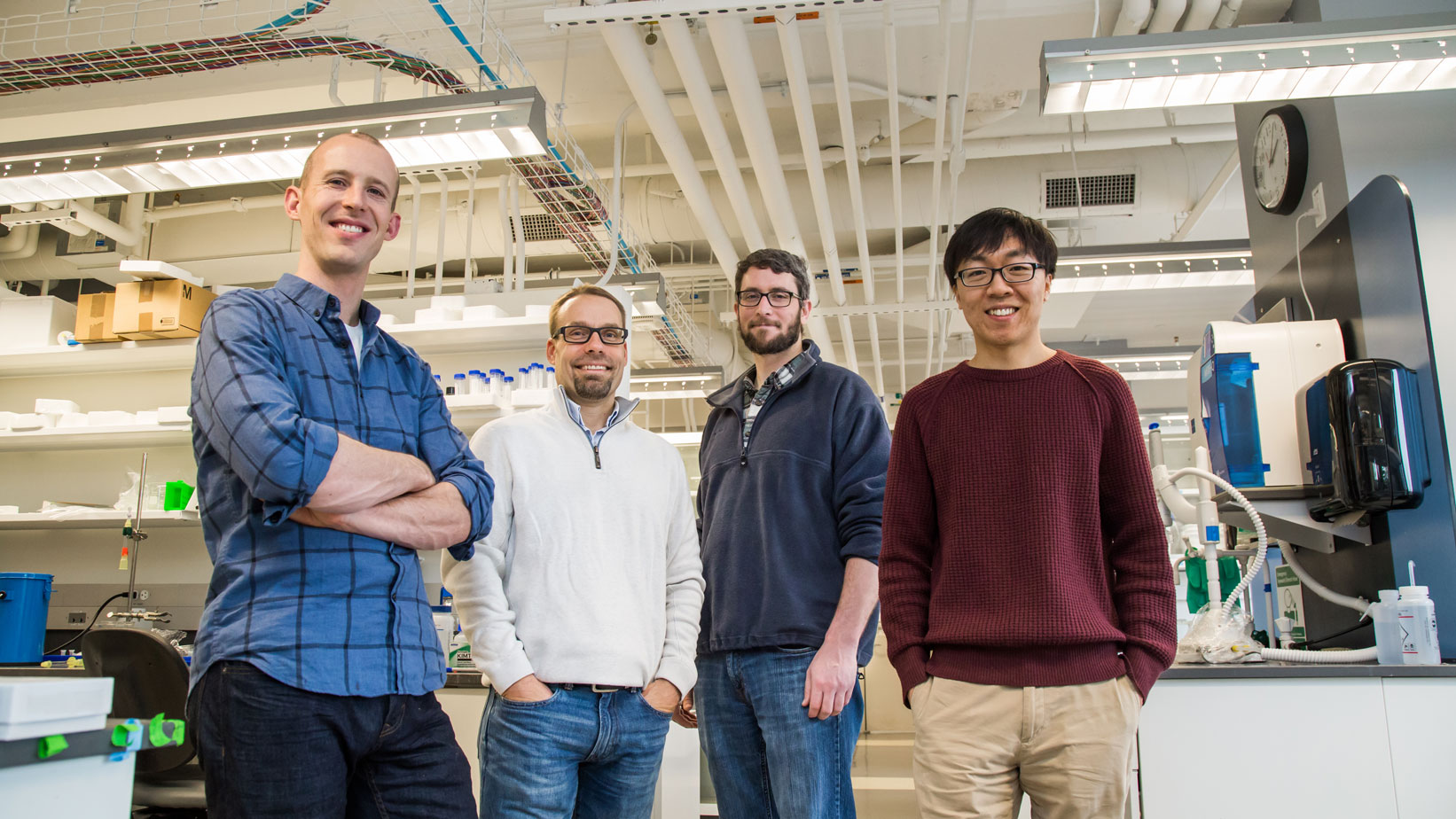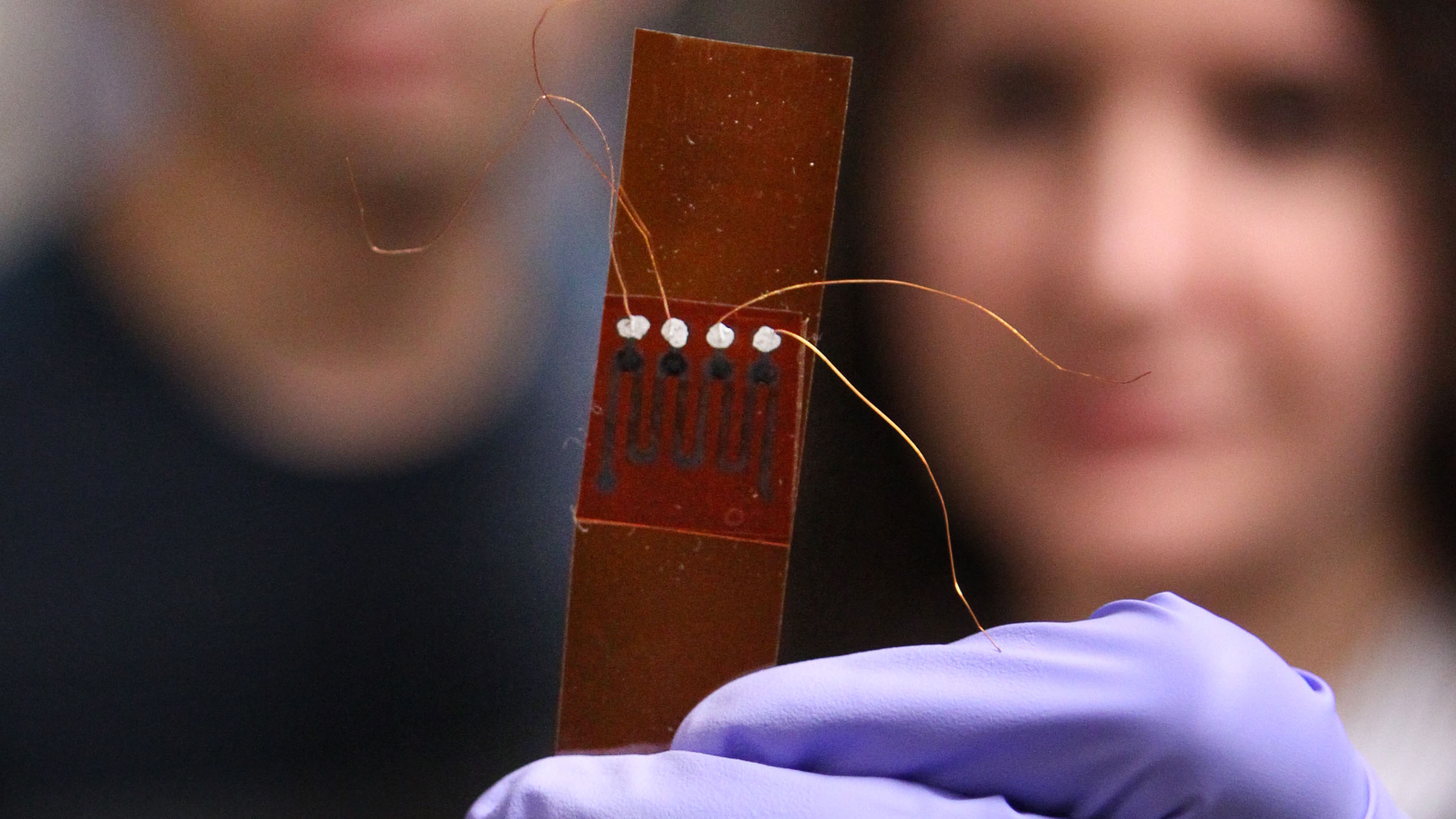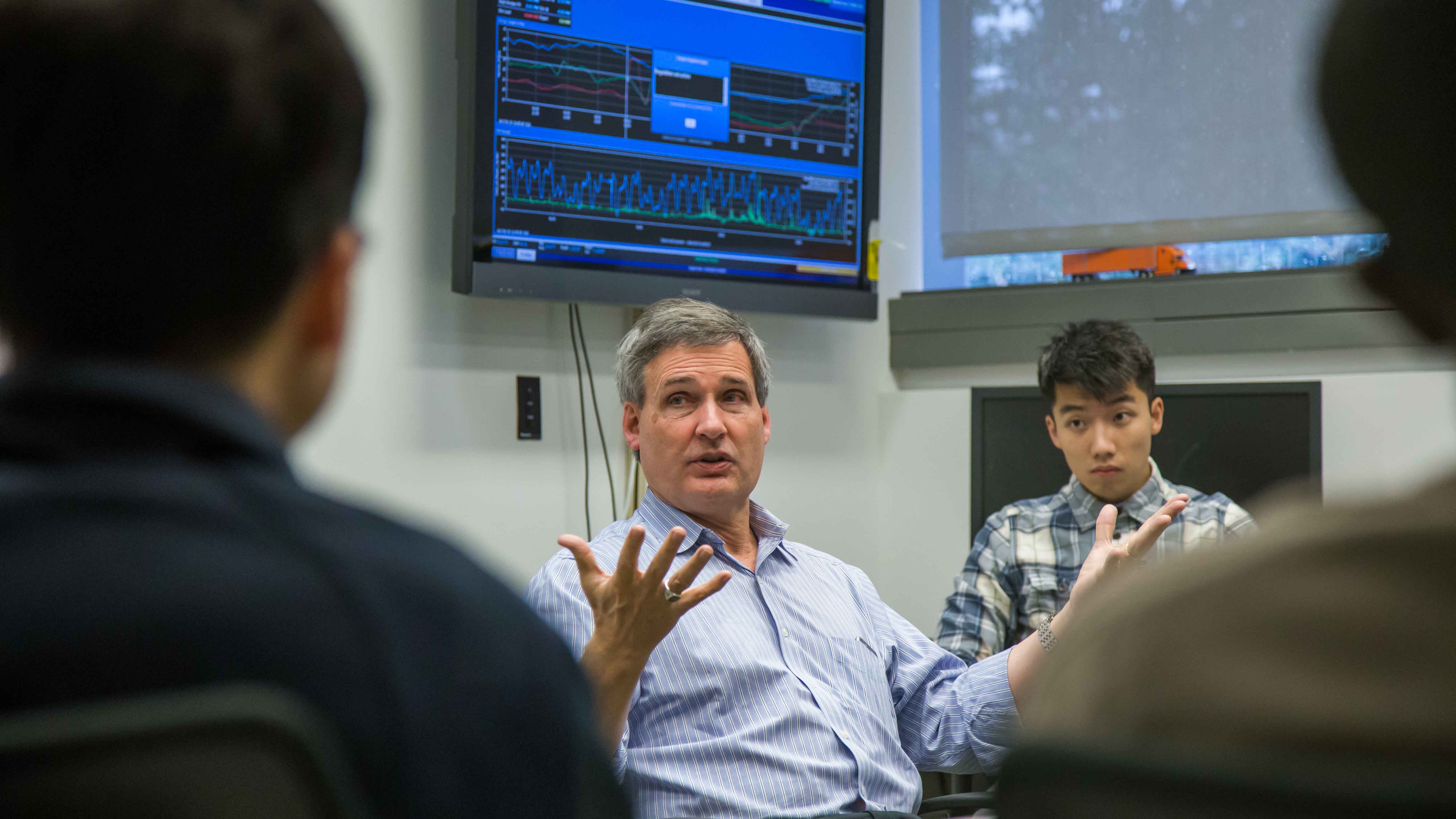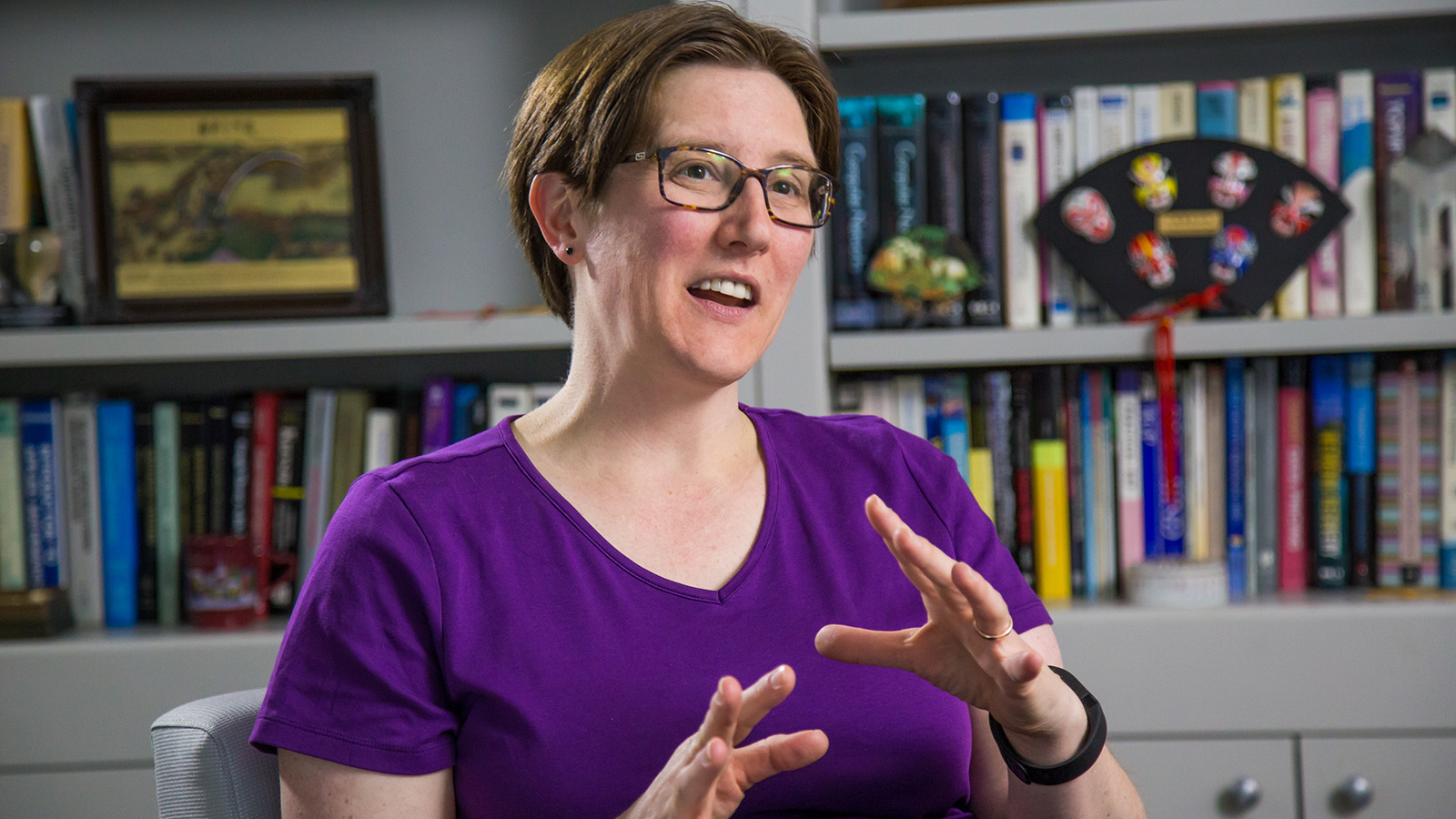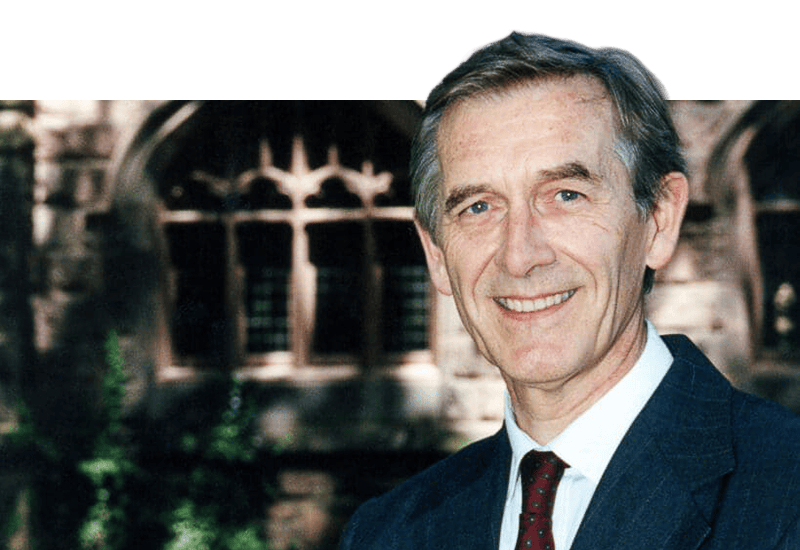
Fundamental research with impact far beyond its origins
By
on
The articles below are excerpted from the Winter 2018 EQuad News magazine.
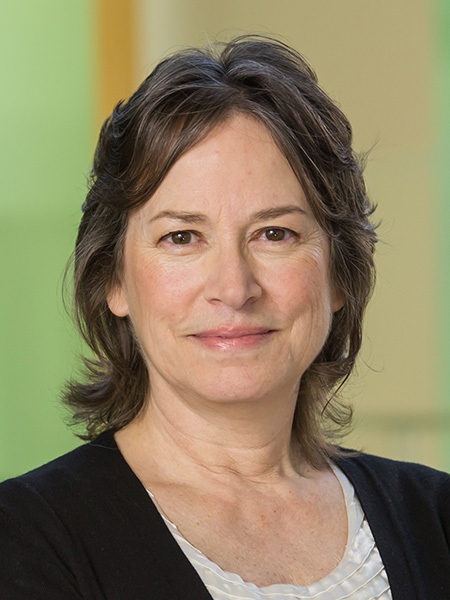
When asked by alumni, colleagues, and corporate partners about what makes Princeton Engineering unique, I point out stories like Bob Prud’homme’s. As featured below, Bob started his career immersed in the chemistry of polymers and investigating basic questions about how they assemble themselves. But he was always looking ahead to putting his insights to good use. Today, the Gates Foundation has selected his medicine-encapsulating technology as one of the most promising routes to treating cryptosporidiosis, malaria, and other childhood killers in the developing world.
Bob’s example is one of many: At Princeton Engineering, we do fundamental research with a line of sight to societal impact. By fundamental, I mean research that targets root questions, rather than a narrow, short-term problem. It means research that combines curiosity and wonder with a discerning eye toward what roadblocks need to be cleared for innovations that might be 10 or more years away.
It means that, as an organization, we must provide the trust, freedom, and resources for our researchers to do their best work. And we must foster a collaborative culture for creativity to flourish.
Seeing the work of my wonderful colleagues reminds me time and again why that trust and support are well placed. In these pages, you’ll find a small sample of people and projects whose impacts reach far beyond their beginnings. How have attention to fundamentals and long-term impact played a role in your careers? Join us on Facebook, Twitter, and Instagram or stop in to visit and share your stories.
Emily Carter
Dean
Gerhard R. Andlinger Professor in Energy and the Environment
Professor of Mechanical and Aerospace Engineering and Applied and Computational Mathematics
Life saving medicines grow from fundamental chemistry, win Gates Foundation backing
Princeton research helps deliver critical medicines to the developing world
By the time Robert Prud’homme visited the Bill and Melinda Gates Foundation in Seattle two years ago, his technology for encasing medicine in ultra-small particles had already led to new drug delivery approaches for high-value medical applications, including oncology.
But Gates Foundation officials posed a new challenge… Read more
Cellular insights promise advances in industry and health
Physical principles behind cell structures shed light on neural diseases
Clifford Brangwynne’s research begins with basics. What makes up the tiny structures in cells? How do they grow? How do they interact? Read more
Navigating the urban environment, smartly
Research team examines the environment in urban areas
Elie Bou-Zeid’s research team has planted environmental sensors around Baltimore and New Jersey and built models to forecast shifting winds in towns and cities. Now, he wants to put that information at the fingertips of smartphone users. Read more
New forms shape solar power
Polymer chemistry yields solar cells, sensors, and smart windows
The common image of solar power involves big, blocky panels bolted to a roof. But in the lab of Yueh-Lin (Lynn) Loo, photovoltaics are freed from this cubist form. Read more
Making better choices, from power to payloads
Mathematical optimization aids many industries
Many scientists’ work begins with a question in the lab. Warren Powell had a different start.
“My career began with a dinner conversation,” said Powell, a professor of operations research and financial engineering. Read more
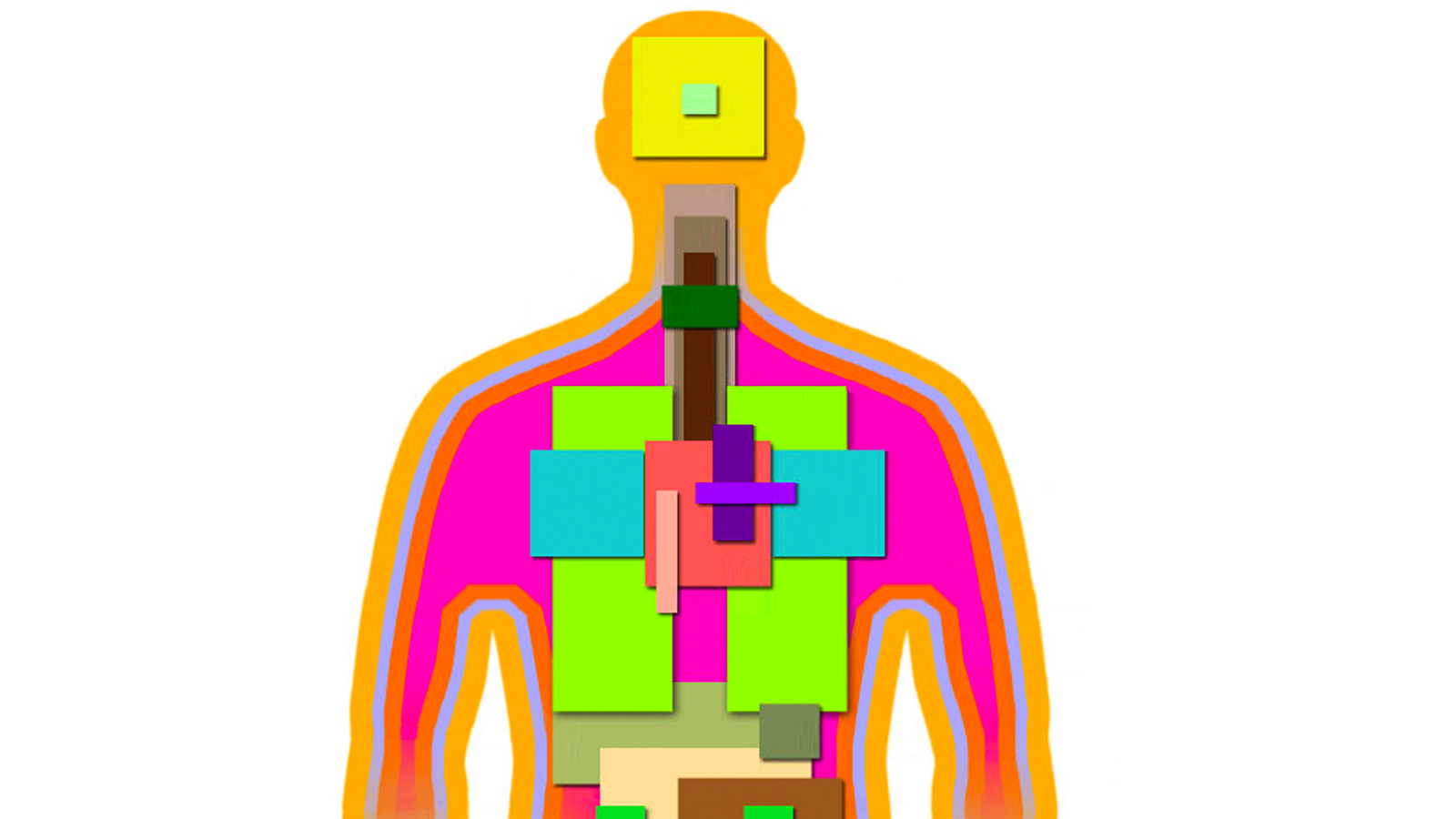
Data science provides genomic guide to health and disease
Statistics and machine learning clarify complexities of gene regulation
What are the odds that a statistician would work beside doctors at top medical schools?
These days, pretty high. Read more
Math marks the path from sonar to cell phones
Early work in signal processing fueled communications revolution.
As a Ph.D. student in the 1970s, H. Vincent Poor helped lead the development of mathematical techniques that allowed radar and sonar to detect objects and estimate their locations.
Then along came cell phones. Read more
Building sound systems and space engines
Physics of propulsion and sound waves yields advances from living rooms to deep space
One lab is not enough for Edgar Choueiri.
The professor of mechanical and aerospace engineering works in two connected laboratories reflecting his research interests in audio technology and spacecraft propulsion. Read more
Making many networks work as one
Work on network protocols grows to big-picture view of Internet stability and safety
With no central authority, the network of networks that makes up the internet manages to connect more disparate groups of people than anything else in history.
Of course, the internet’s storied lack of rules is an illusion. Read more
